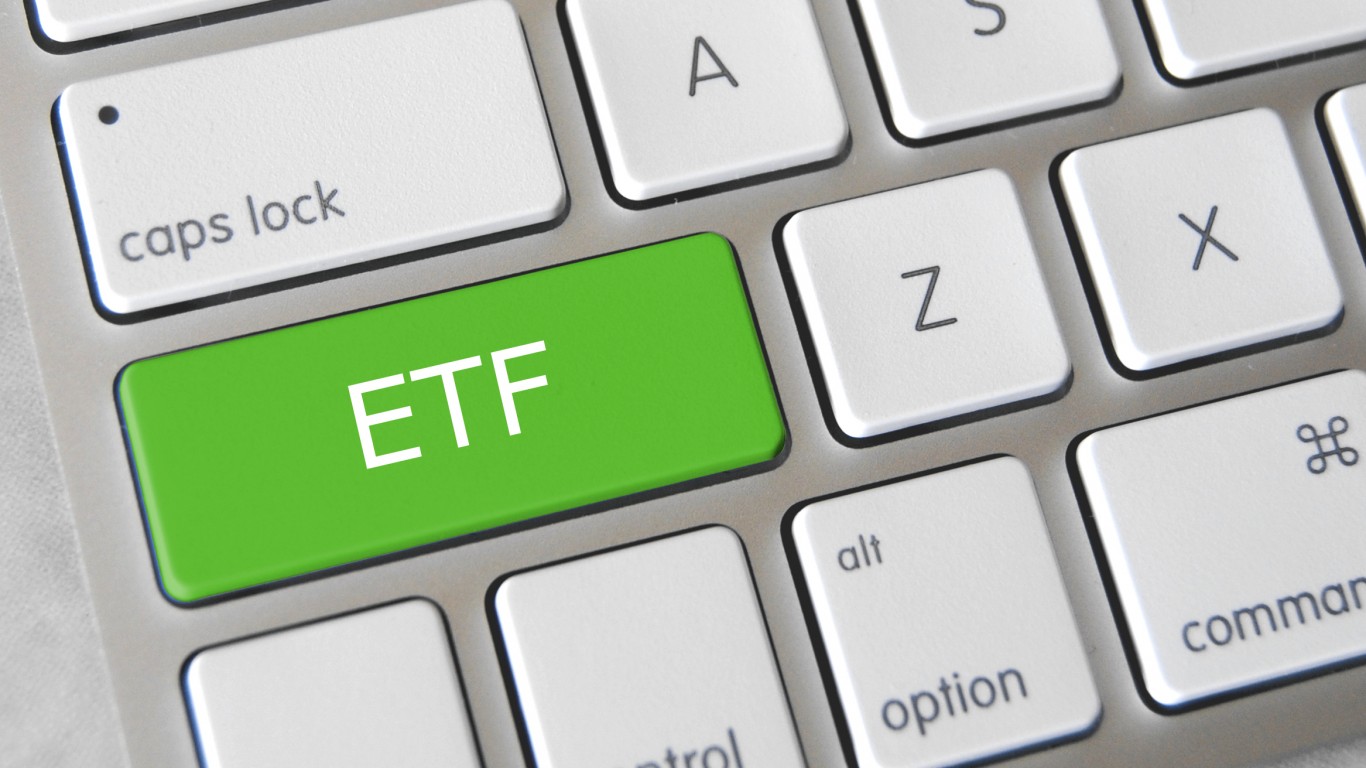 The market is choppy this Wednesday and investors and traders are trying to find their footing. Today we are tracking the SPDR S&P 500 (AMEX: SPY) which trades exactly like the S&P 500 and is the most liquid equity ETF with more than 160 million shares traded each day. The tracking of SPY and its key levels helps any trader to avoid buying at the wrong time or shorting just before a intraday rally.
The market is choppy this Wednesday and investors and traders are trying to find their footing. Today we are tracking the SPDR S&P 500 (AMEX: SPY) which trades exactly like the S&P 500 and is the most liquid equity ETF with more than 160 million shares traded each day. The tracking of SPY and its key levels helps any trader to avoid buying at the wrong time or shorting just before a intraday rally.
Erlanger Value Lines are designed to identify key levels for the intraday trader or for anyone trying to establish a new position during trading hours. The Value Lines fall into three categories: Support and Resistance, Extreme values and Range values. From a practical point of view, the Value Lines can act as targets and triggers for short-term trades.
Some think it is uncanny how these levels stop or turn back short-term price swings. We do not. Why? Because both high frequency traders and program trades have built these levels into their models which cause them to gravitate to resistance, pivot or support along with range values like the 5 and 60 minute ranges. We have compiled here the daily chart, the daily analysis for traders to use, and then we have followed it with a general guideline after the daily commentary along with a sample chart.

For today’s S&P 500 SPDR chart analysis, Phil Erlanger said, “Tuesday saw the SPY along with Dow Jones Industrial and S&P 500 close pivot to resistance. Today we are again range bound on SPY as we are now trading slightly above pivot. It appears that the bias is to the upside but if we fail at pivot, $132.36, then one can stop with buying until this level is retaken. Resistance is much higher at $133.57 so it appears another day of trading pivot to resistance may be in the cards.”
The Erlanger Value Lines can be accessed via Erlanger Chart Room. Given that we are using real time data, Erlanger Chart Room will require a subscription to eSignal Q Charts or access via Bloomberg’s data api. For more information we direct you to sign up here.
General Notes:
- If price moves above the red Resistance value line, then the intraday bias turns positive:
- A positive bias reflects times when only long trades are considered.
- If price moves below the green Support value line, then the intraday bias turns negative:
- A negative bias reflects times when only short trades are considered.
Additional general notes for how to use these charts:
- If price remains within the green Support and red Resistance value lines, then the bias is neutral. The pivot line can be used to establish an intra Value Lines bias. Pivot to Support is negative and Pivot to Resistance is positive.
- If price remains within the first hour high and low value lines, then the bias can also be viewed as neutral. This is especially true if the first hour range is inside the range set by the support and resistance value lines:
- A neutral bias reflects times when both long and short trades may be considered or (depending on the traders style) a time for no trading. All Erlanger Value Lines can be used as short term target levels. This is especially true if a few are clustered together.

June 12, 2012
Are You Ahead, or Behind on Retirement? (sponsor)
If you’re one of the over 4 Million Americans set to retire this year, you may want to pay attention.
Finding a financial advisor who puts your interest first can be the difference between a rich retirement and barely getting by, and today it’s easier than ever. SmartAsset’s free tool matches you with up to three fiduciary financial advisors that serve your area in minutes. Each advisor has been carefully vetted, and must act in your best interests. Start your search now.
Don’t waste another minute; get started right here and help your retirement dreams become a retirement reality.
Thank you for reading! Have some feedback for us?
Contact the 24/7 Wall St. editorial team.





